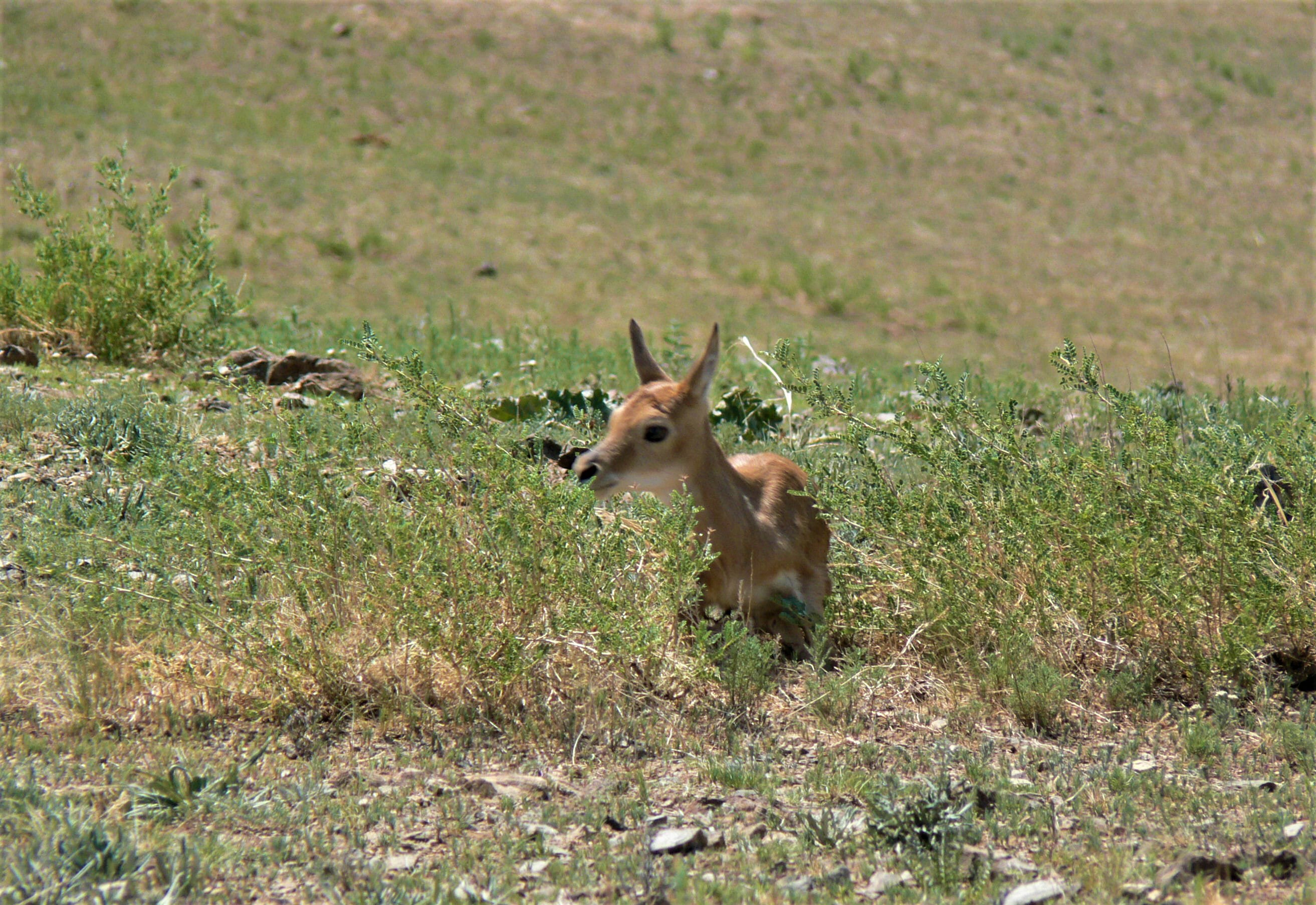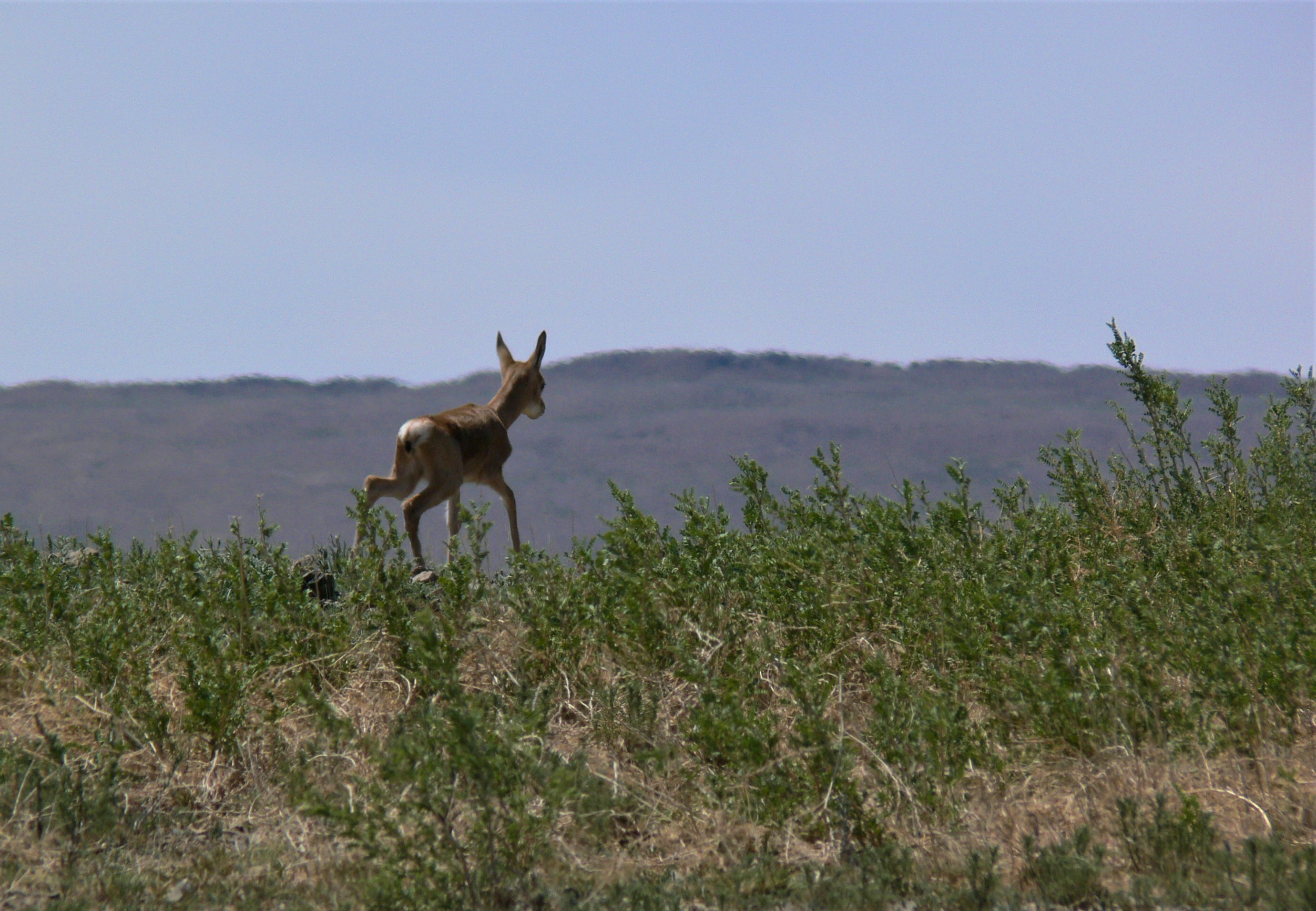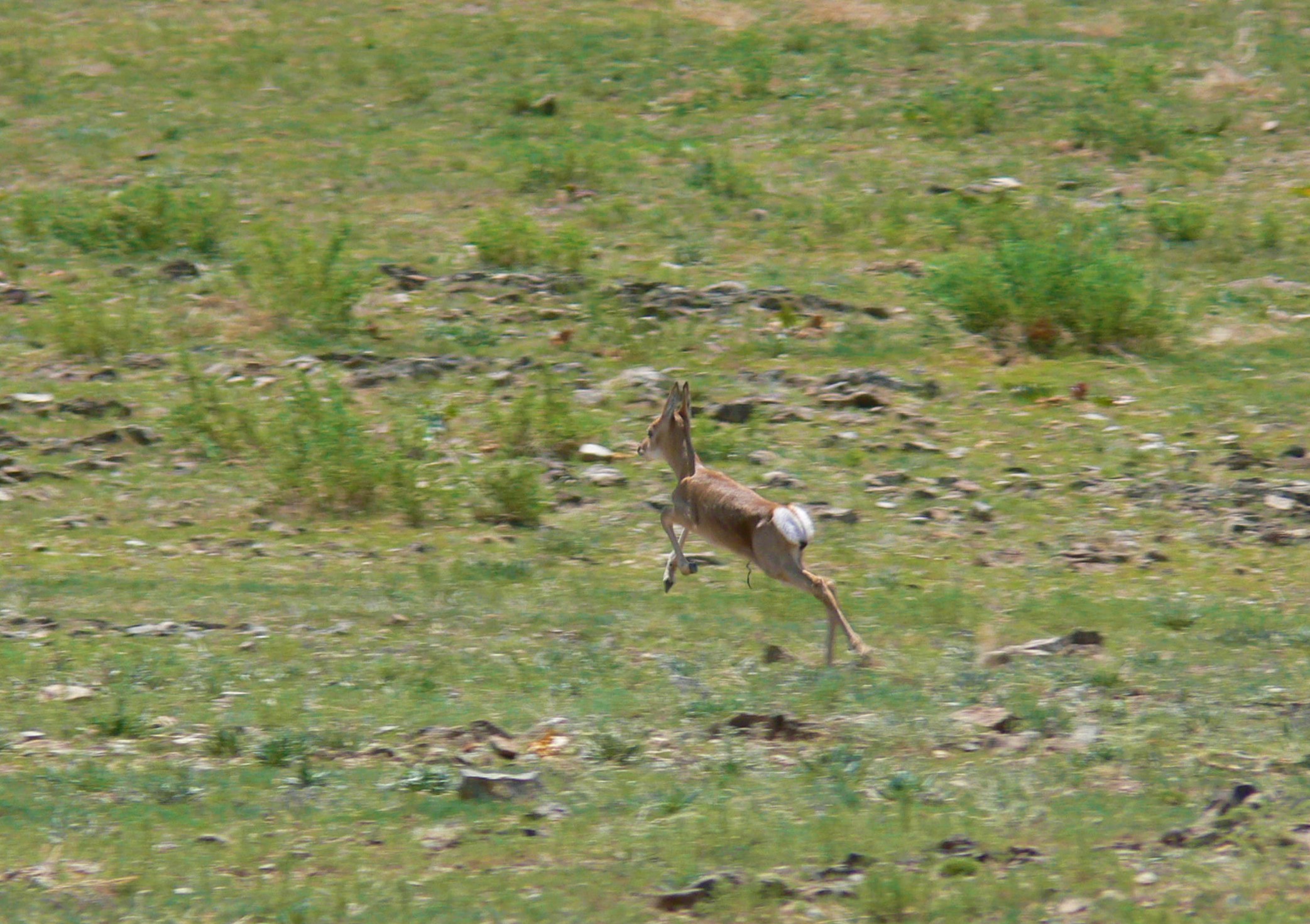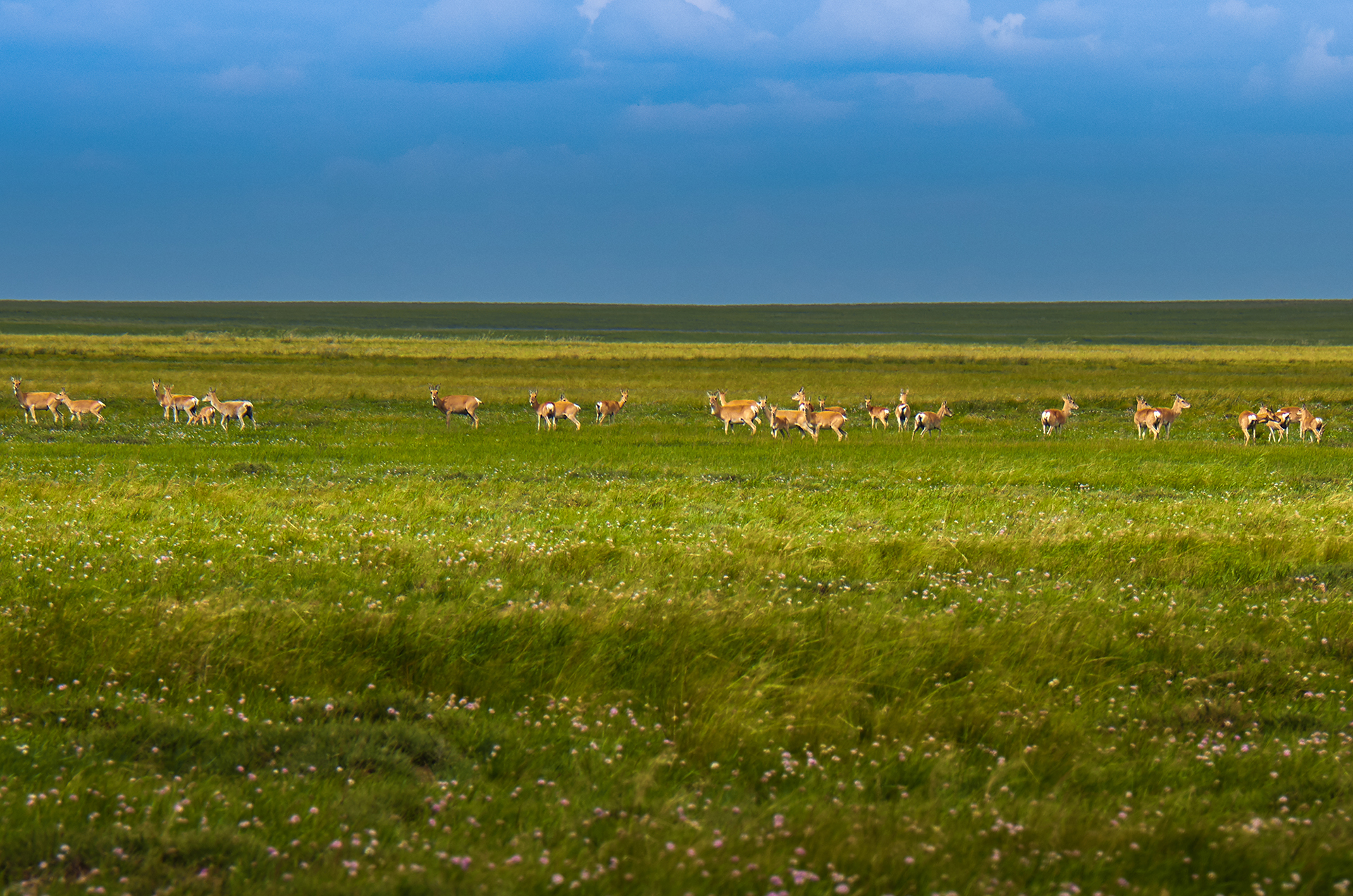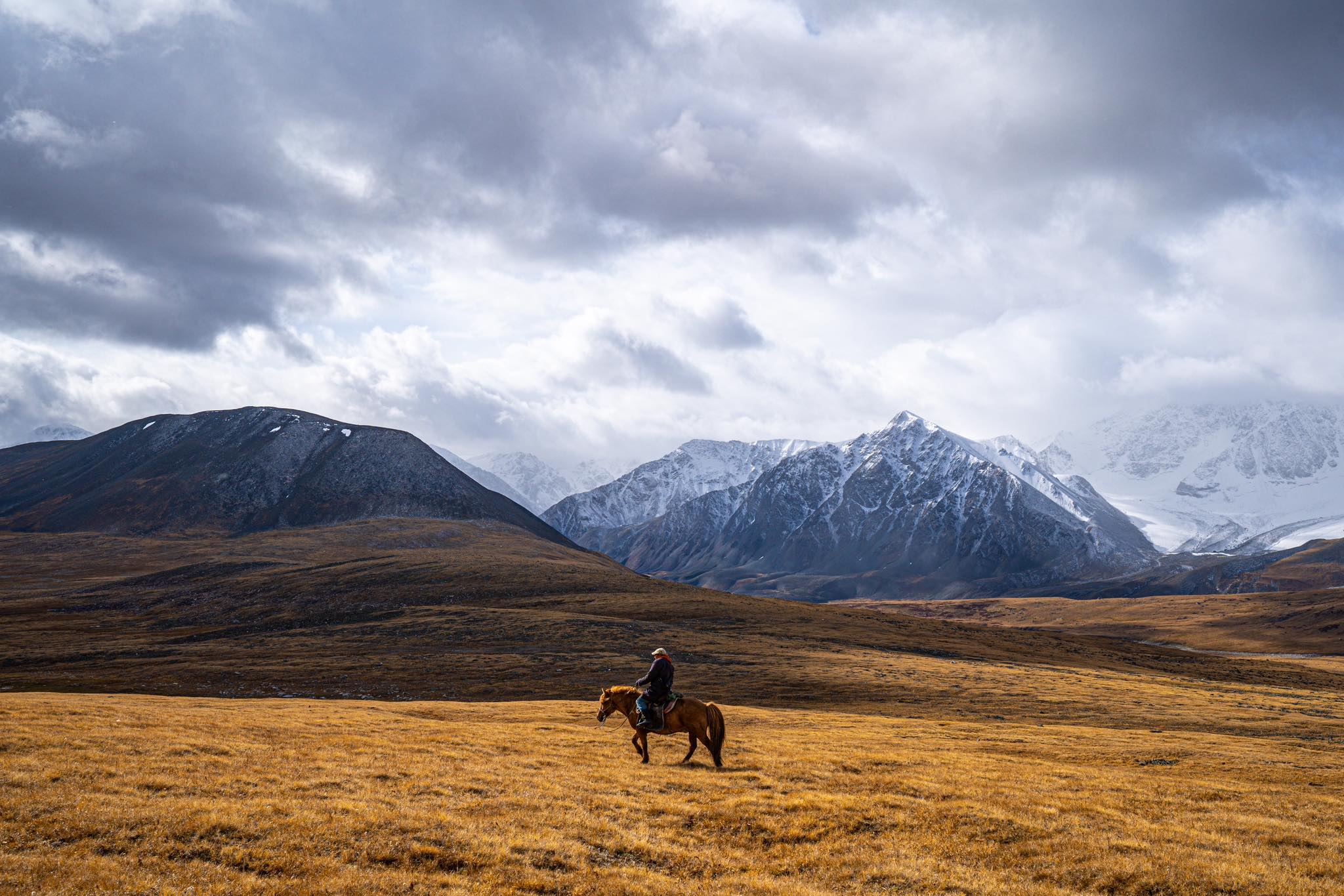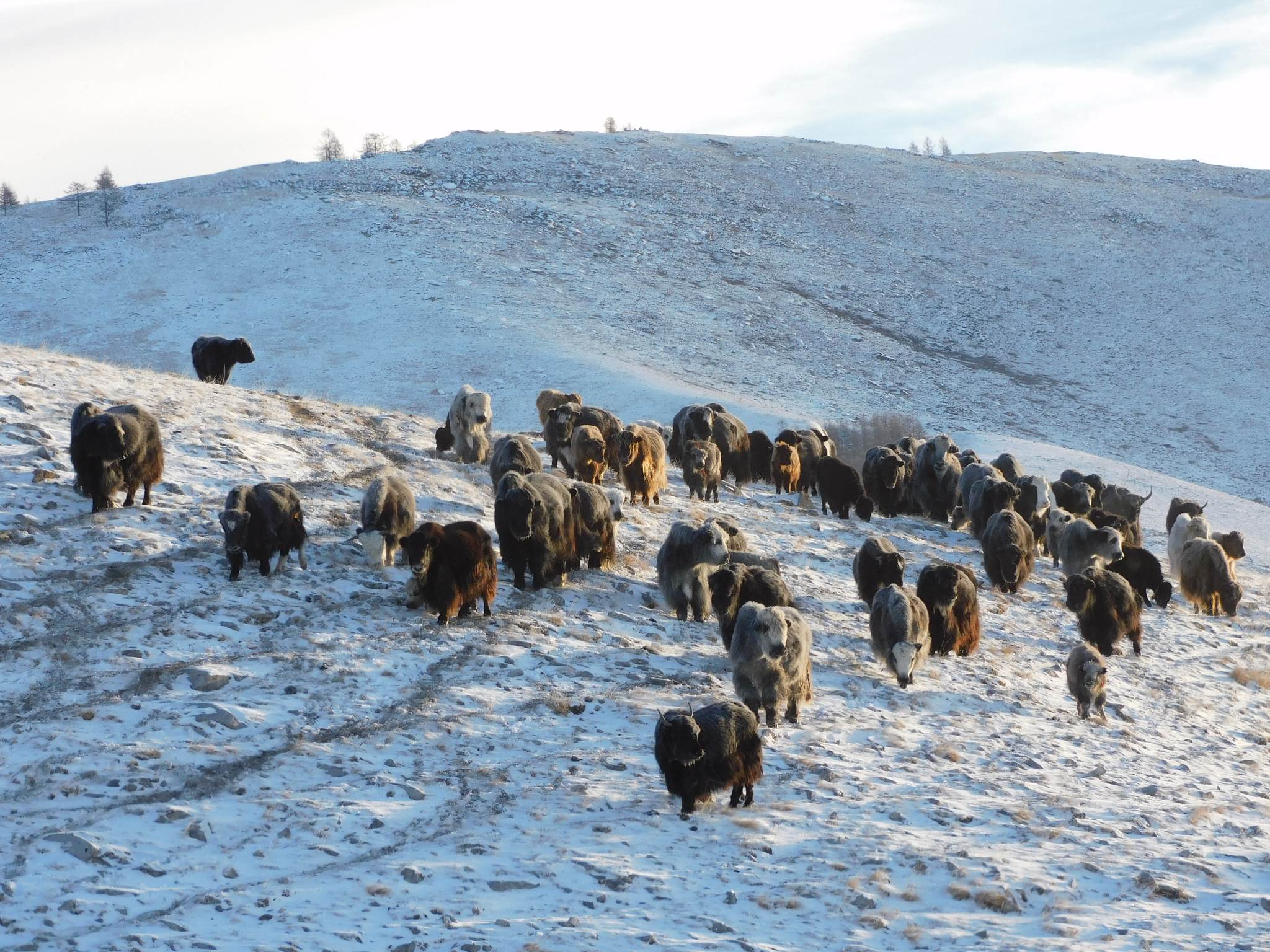Blog
Mongolian black-tailed gazelle
Traveling in Gobi, on the one hand, you will enjoy many of unforgettable landscape; narrow valleys, rocky peaks, thick glaciers, the pale golden sands and sand-rock cliffs. On the other hand, you will explore beautiful herd of wild life. Clearly, Mongolian Gobi has a special relationship with this black tailed gazelle. Fifty years ago, the population was huge and it was considered as a minor miracle to see gazelles in Gobi. But, dropping down population only started after Democratic time, in the beginning of 1990s. The latter species occurs in much smaller number and its listed in the Red Book of Mongolia (1997) of Endangered Species as vulnerable due to climate change effects and both direct and indirect human wrongdoing such as for meat and, for their neck skin to make lassoes from and their horns.
Small herd of Mongolian black tailed gazelle are a common sight darting across the steppe, “flash markings”- their white behind and black tail, serving as a warning to the rest of the herd to move swiftly out of the way of potential predators. One curious feature about this animal is that the neck of the male swells during the winter mating season giving the appearance of a “goiter”. Their loud, barking call can be heard far across the steppe.
They feed mainly on the many species of wild onion (Allium Mongolicum).
Plants growing in Gobi region provide a valuable source of the food and shelter to a wide variety of animal life. Their roots stabilize the edges of stream and dead plant matter decomposes releasing nutrients in to soil.
Text...
